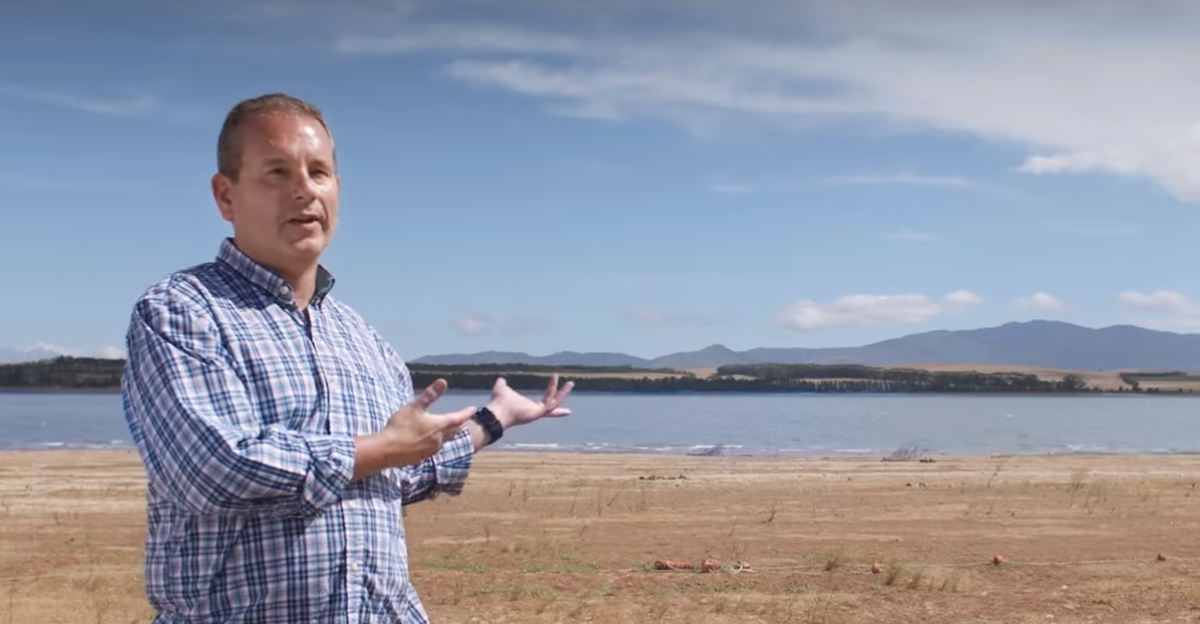Kimberly-Clark’s Environmental Services Leader Reflects on the Importance of Earth Day

Responsible, sustainable, measurable. Buzz words or action verbs?
For me, those are fighting words. As more companies join the fight to protect our natural resources, Earth Day serves as a reminder that those who use natural resources also have an obligation to foster responsible use.
Consistent with our Kimberly-Clark vision to provide essentials for a better life, we are focusing our sustainability work on five key pillars – social impact, forest and fiber, waste and recycling, energy and climate, and supply chain – which makes our efforts measurable no matter where in the world we operate.
Water management is a key element to making our supply chain more sustainable. Water is not only an indispensable natural resource, but it is critical to the production of the products we make like toilet tissue, diapers and feminine care.
Although we’ve taken water use seriously for decades, like any good strategy, it has evolved with the availability of better tools and data. In 2015, we created new water reduction goals for reducing water in every Kimberly-Clark facility. However, our team quickly realized this plan fell short in achieving meaningful impact where it mattered most.
Knowing that water risk is not only a threat to the business, but to the surrounding communities, we narrowed our focus to our twelve tissue mills located in water-stressed areas. We expanded our scope to the watershed surrounding the mills and turned to Dutch water research institute, Deltares, to help us develop a web-based tool that can be implemented across entire watersheds to collectively identify the risks and work together on solutions.
By working at the watershed level, we achieve two goals: understanding the entire water risk landscape and engaging local stakeholders who can join us in addressing the solutions.
We leveraged this approach at our most recent water scarcity workshop in Cape Town, South Africa. We worked together with NGOs, government leaders, educators and community members to open lines of communication and explore potential solutions. This was possible because together we could see the shared risks— and rewards.
Through local engagement and science-based tools, we are helping communities around the world develop sustainable water stewardship programs. Because in the end, protecting natural resources and building sustainable practices strengthens the communities where we work and live, now and in the future.
Learn more about Kimberly-Clark’s work in Cape Town and follow our progress towards our sustainability goals at www.sustainability2022.com.

